
Cats might just be the cutest creatures in the world, but sometimes they present challenges that can be incredibly frustrating! One such issue is when cats refuse to use their litter box and instead go on the bed, sofa, floor, kitchen, or bathroom. It’s well-known that the smell of cat waste is comparable to a biochemical weapon, and often even the cats themselves can't stand it, which is why they bury it with litter or dirt.
So why is my cat not using the litter box? Whether you've had your cat for years or you're a new pet parent, litter box issues can crop up at any time. Here are a few possible reasons and solutions:
1. Lack of Proper Training
It's commonly assumed that all cats naturally use the litter box, but this is a misconception. Most pet cats have been trained by their owners. Stray cats, for example, often don't use a litter box because they haven't been trained to do so. For young kittens or cats that have never used a litter box, owners need to guide them.
Cats have an incredibly keen sense of smell and rely on scents to find their bathroom spot. Products like urine-attracting sprays can help by mimicking the pheromones in cat urine, encouraging them to use a specific place. Owners can also place the cat in the litter box after meals to establish the habit, usually within a week.
2. Dirty Litter Box
Cats are very clean animals. Poor litter box maintenance is one of the most common reasons cats are pooping outside the litter box. If the litter box is too dirty with unscented litter, they will refuse to use it and find a cleaner spot to relieve themselves.
Solution:
Here are some tips to keep your cat's litter box sparkling clean:
3. Dislike of New Litter
Solution:
If you suspect your cat doesn't like their current litter, it's time to do some experimenting. For your cat's health, you can choose a dust-free, fast-clumping litter. Here's how:
4. Improper Litter Box Size
The size and style of your litter box can significantly impact your cat's willingness to use it. Cats have certain routines, like sniffing and turning around, before doing their business. If the litter box is too small, they may not be able to move comfortably.
Solution: The recommended litter box length is 1.5 times the cat's body length, and the width should be at least equal to the cat's length. Different cats have different preferences for open or closed litter boxes, so it's worth experimenting to see which style your cat prefers.

5. Inconvenient Litter Box Location
The location of the litter box can be crucial. Your cat needs to feel safe and comfortable when doing their business, so where you place the litter box can make a big difference. If it's in a noisy or busy area, cats may feel stressed and avoid it. Cats prefer a quiet, secluded spot for their litter box, away from their food and water. If the litter box is in an inconvenient spot, cats might not make it there in time.
Solution:
To place the litter box in a right place, here are some tips:
- Ensure the box is easily accessible; this is very important for elderly cat not using litter box or those with mobility issues.
6. Number of Litter Boxes
In multiple cats households, cats may compete for litter box use. A dominant cat might prevent others from accessing the box, so providing one litter box per cat can reduce competition.
7. Cat in Heat
Unspayed or unneutered cats often mark their territory, turning the litter box into just another object. Neutering or spaying your cat can reduce hormone levels, preventing marking behaviors. It also helps prevent certain cancers and unwanted aggressive behaviors.

8. Health Issues
This is perhaps the most worrisome cause. A sudden refusal to use the litter box may indicate a health problem like a urinary tract infection, arthritis, or claw-related issues. These medical conditions can cause pain during litter box use, leading to avoidance. If you suspect illness, consult a vet promptly. Treatment often helps restore normal litter box habits.
If you’ve recently changed the litter box and your cat refuses to use it, try guiding them to transition to the new litter box, especially if switching from a traditional to an automatic box.
Conclusion
In summary, when dealing with a cat not using the litter box, patience is key. Methodically check each potential issue and guide your cat back to proper habits. Avoid scolding your pet, as it might cause stress reactions.


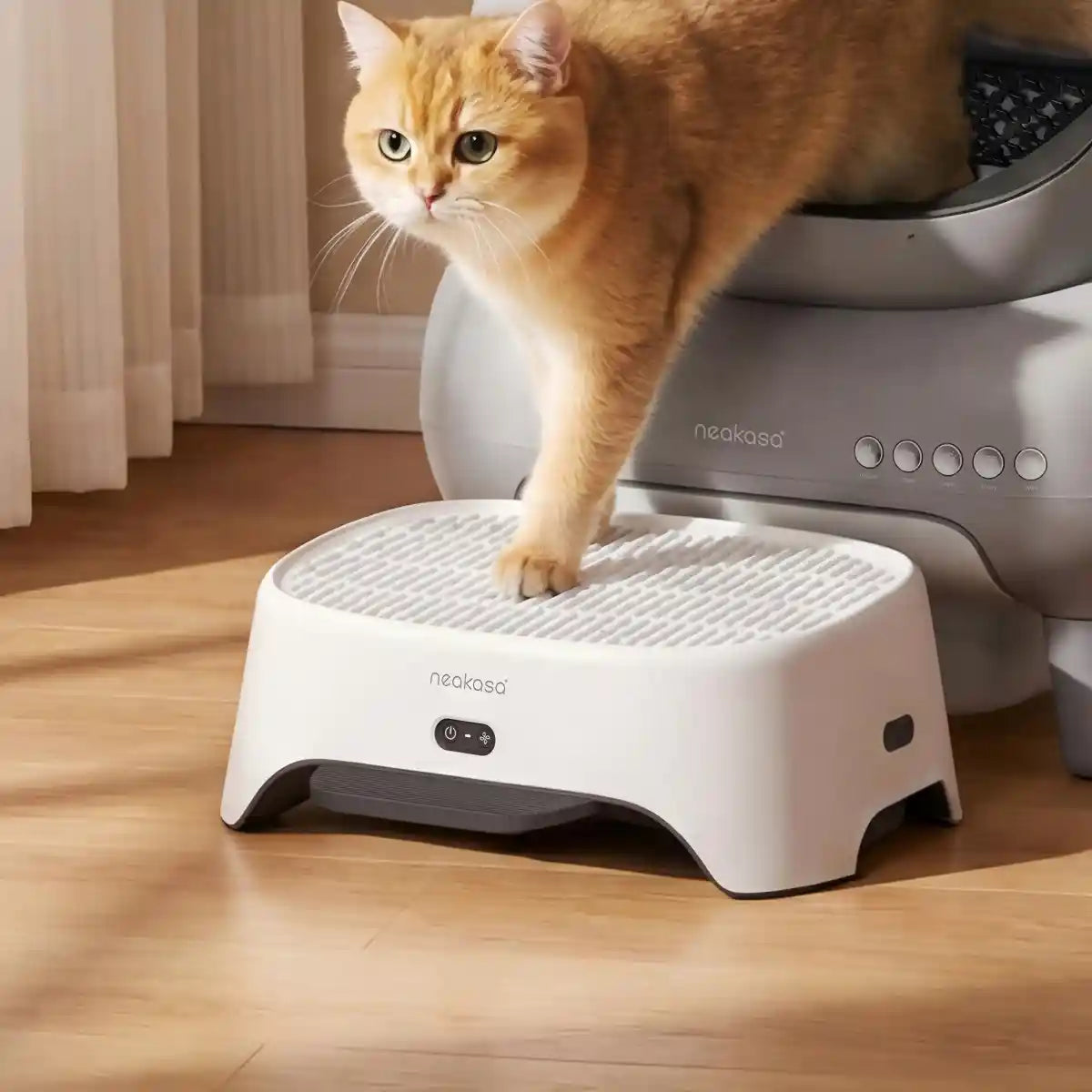
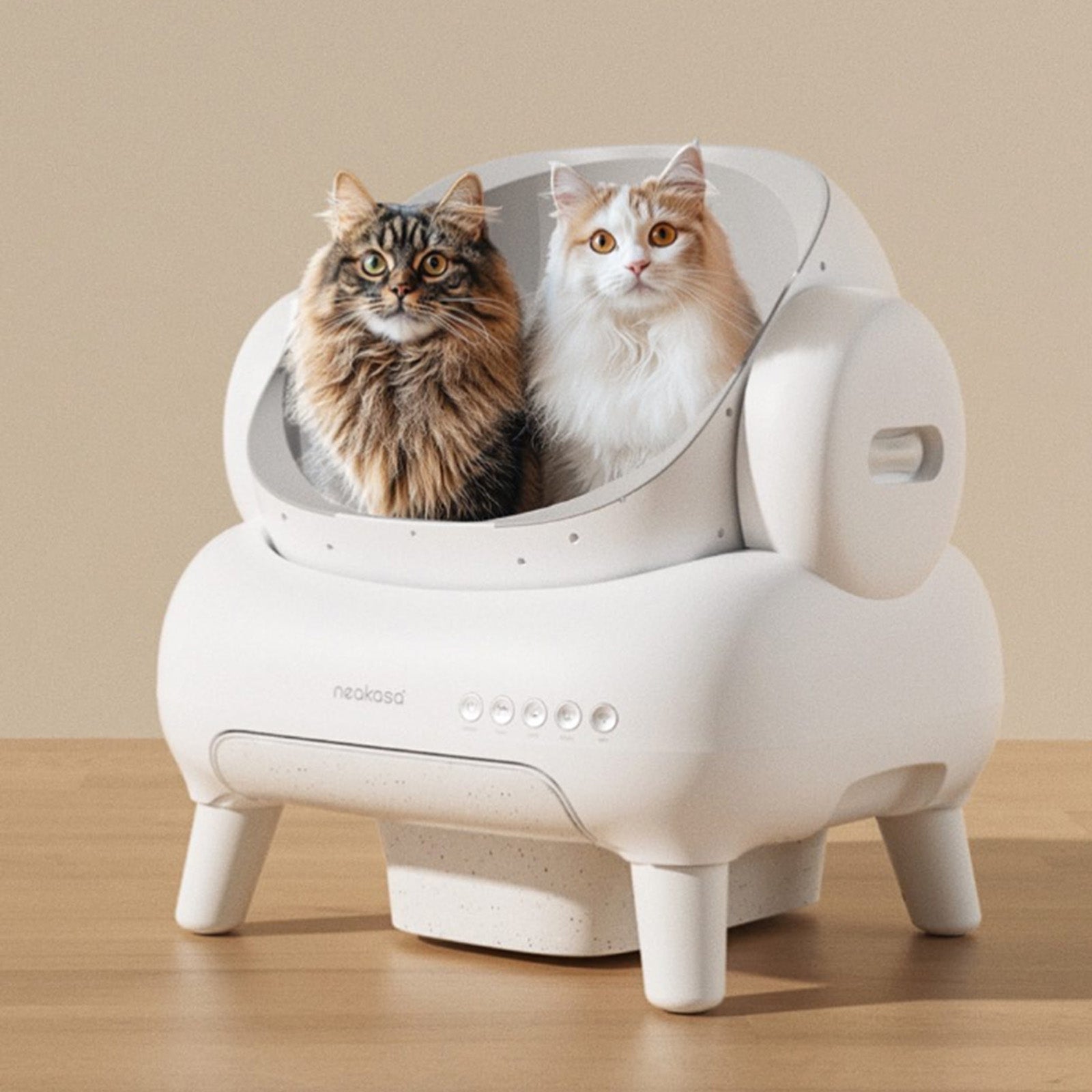
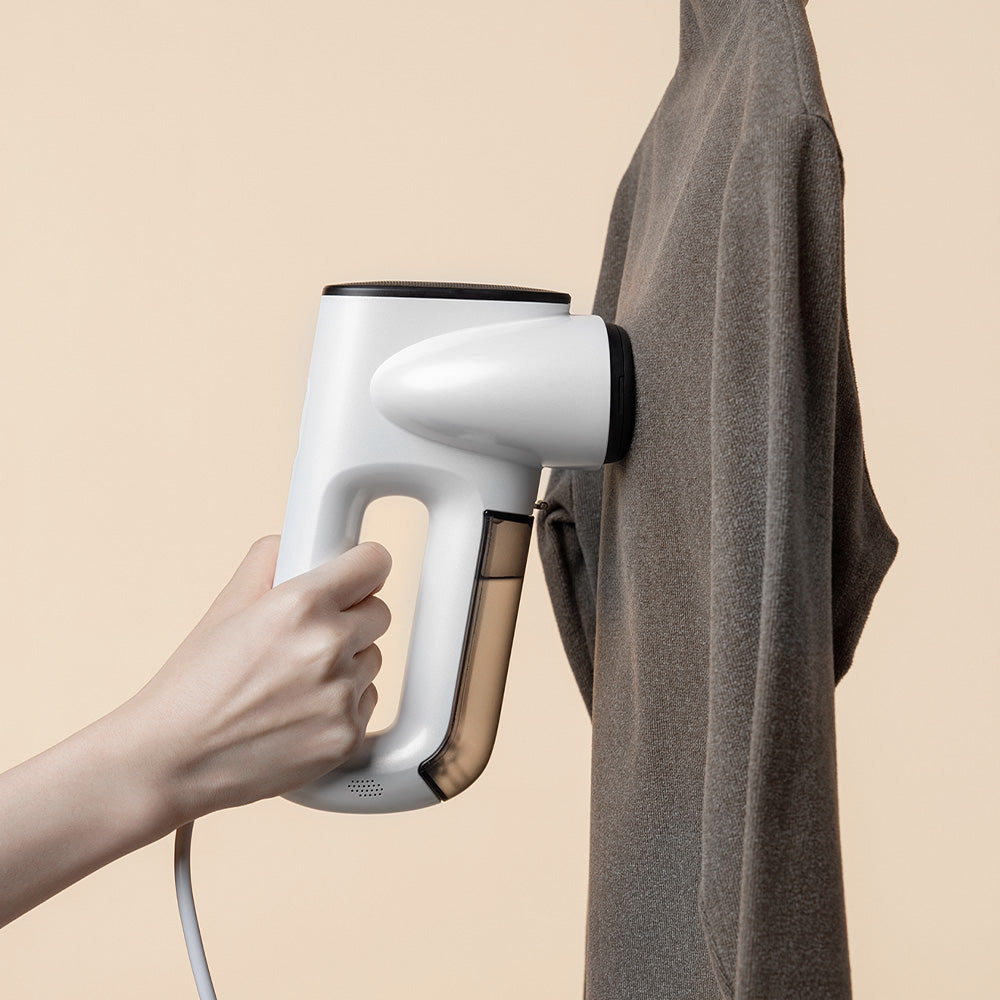
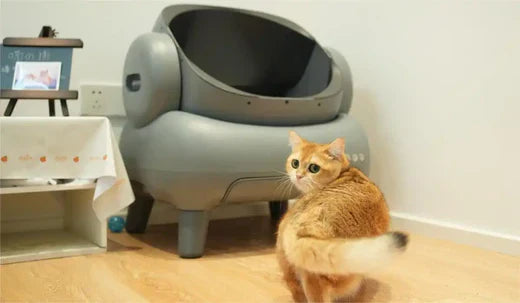



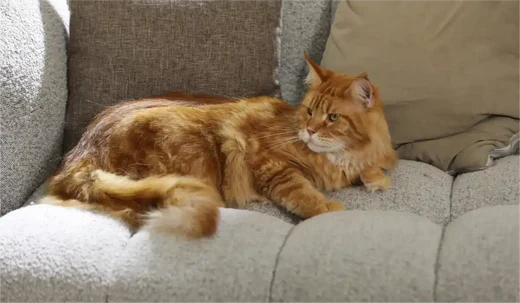
Leave a comment
This site is protected by hCaptcha and the hCaptcha Privacy Policy and Terms of Service apply.